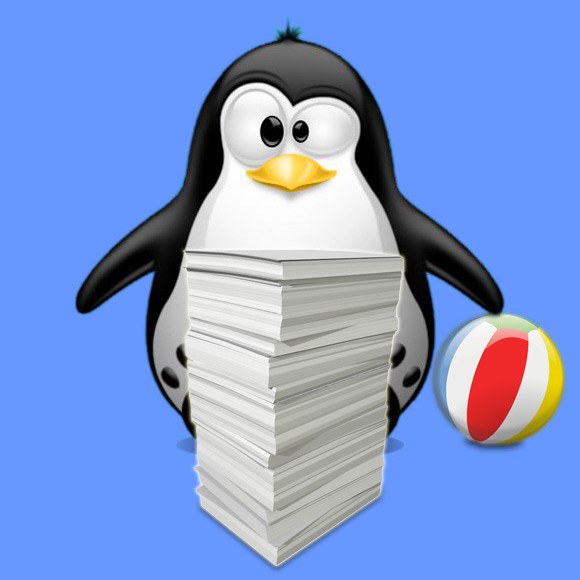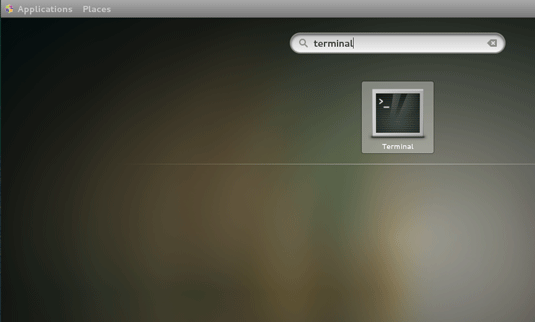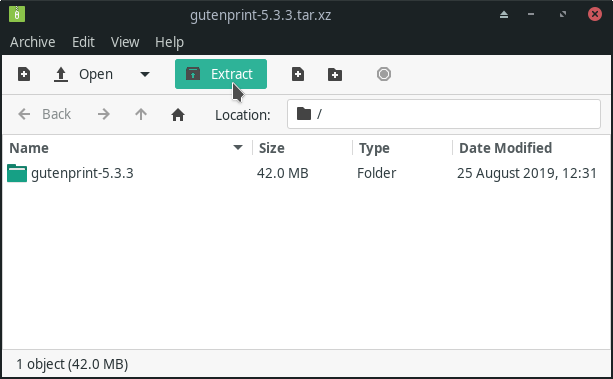RHEL-based Install Canon SELPHY Printer Setup – Step by step Guide
[ad_slider autoplay=”true” interval=”8″ count=”5″]How to Install Canon SELPHY Printer on CentOS 6.x/7.x/8.x/8-Stream/9-Stream/10-Stream GNU/Linux desktop – Step by step Tutorial.
Especially relevant: Canon has not released a proprietary SELPHY Linux Driver.
So to Install Canon SELPHY Printers on Linux we’ll make use of the Gutenprint suite Drivers release.
Because Gutenprint is a Suite of Printer Drivers that may be Used with most common UNIX Print Spooling Systems, including CUPS, lpr, LPRng, or others.
And Gutenprint Drivers provide High Quality Printing for UNIX and Linux systems in many cases Equal to or Better than Proprietary Vendor-supplied Drivers.
Most Noteworthy, before installation Check Gutenprint Driver Canon SELPHY Supported Models.
Finally, after the Driver Setup to achieve the Printer Installation, follow instructions to Add Printer!

1. Launching Terminal
Open a Shell Terminal emulator window
(Press “Enter” to Execute Commands)
2. Installing Dependencies
Now to Install Required Packages
Simply play:sudo yum install cups-devel
3. Downloading GutenPrint
Download GutenPrint Source for Linux
GutenPrint tar.xz Source[ad_slider autoplay=”true” interval=”8″ count=”5″]4. Extracting GutenPrint
Possibly Double-Click on Archive
And Extract into /tmp:
Or from Shell:
tar xvf ~/Downloads/gutenprint*.tar.bz2 -C /tmp
5. Installing GutenPrint
Installing Gutenprint on CentOS Linux
Run one by one:cd /tmp/gutenprint*
./configure
make clean
make
sudo make install
The Installation will be Quickly Achieved in about 5 Minutes.
For further Instructions and Details Look into the README File…
Contents